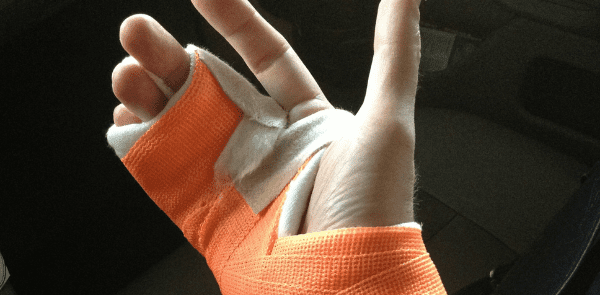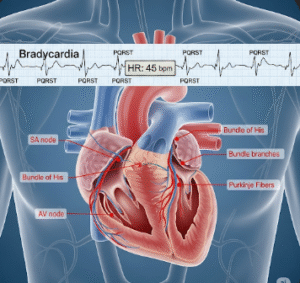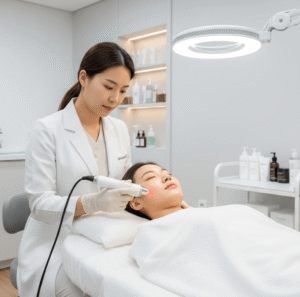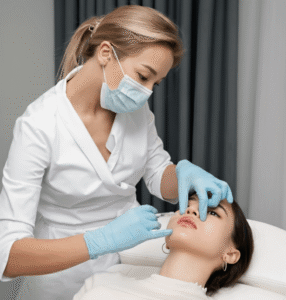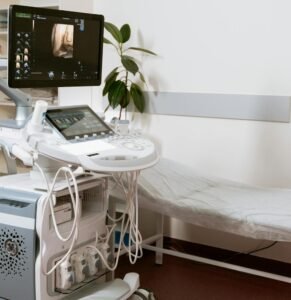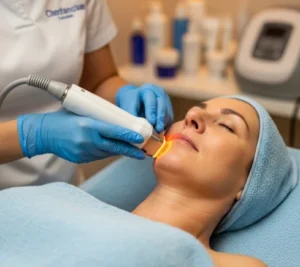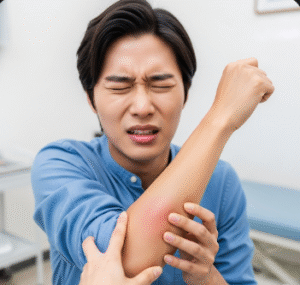Overview
A jammed finger, medically referred to as a finger sprain, occurs when the ligaments in the finger are stretched or torn, usually due to sudden impact or bending. This injury is common in sports, falls, or accidents. While mild sprains often heal with basic care, severe injuries may require medical intervention to prevent long-term stiffness or deformity. South Korea offers advanced orthopedic care and rehabilitation services for optimal recovery.
What is a Jammed Finger?
A jammed finger happens when forceful impact compresses the finger, damaging the ligaments that stabilize the joints. Sprains can range from mild stretching of ligaments to complete tears. Proper diagnosis is essential to differentiate between a simple sprain, dislocation, or fracture.
Symptoms
- Pain at the affected finger joint
- Swelling and bruising
- Limited range of motion
- Tenderness over the joint
- Possible popping sound at the time of injury
- In severe cases, deformity or instability of the finger
Causes
- Sports injuries (e.g., basketball, volleyball, football)
- Falling on an outstretched hand
- Finger caught in doors or machinery
- Sudden twisting or bending force on the finger
Risk Factors
- Participation in contact or high-impact sports
- Previous finger injuries
- Inadequate warm-up or protective gear
- Age (ligaments in children and older adults may be more vulnerable)
Complications
- Chronic pain or joint stiffness
- Persistent swelling or inflammation
- Decreased grip strength
- Malalignment if a fracture or dislocation is undiagnosed
- Osteoarthritis in the long term if untreated
Prevention
- Proper warm-up and stretching before sports
- Use of protective gloves or finger supports
- Avoiding high-risk activities without proper technique
- Strengthening hand and finger muscles
Treatment Options in Korea
- Diagnosis
- Physical examination by an orthopedic specialist
- X-rays to rule out fractures
- MRI or ultrasound in severe cases to assess ligament damage
- Immediate Care (R.I.C.E. Method)
- Rest: Avoid using the injured finger
- Ice: Apply cold packs to reduce swelling
- Compression: Use elastic bandages or splints
- Elevation: Keep the finger raised above heart level
- Medication
- Nonsteroidal anti-inflammatory drugs (NSAIDs) such as ibuprofen for pain and swelling
- Immobilization
- Finger splints or buddy taping to adjacent fingers
- Duration depends on severity (usually 1–3 weeks for mild sprains)
- Physical Therapy & Rehabilitation
- Range-of-motion exercises to restore flexibility
- Strengthening exercises for grip and dexterity
- Korean rehabilitation centers provide specialized hand therapy for faster recovery
- Surgical Intervention
- Rarely required unless there is complete ligament rupture or joint instability
- Hand surgeons in South Korea can perform ligament repair or reconstruction if necessary
- Follow-up
- Regular check-ups to monitor healing
- Gradual return to sports or manual activities under professional guidance

